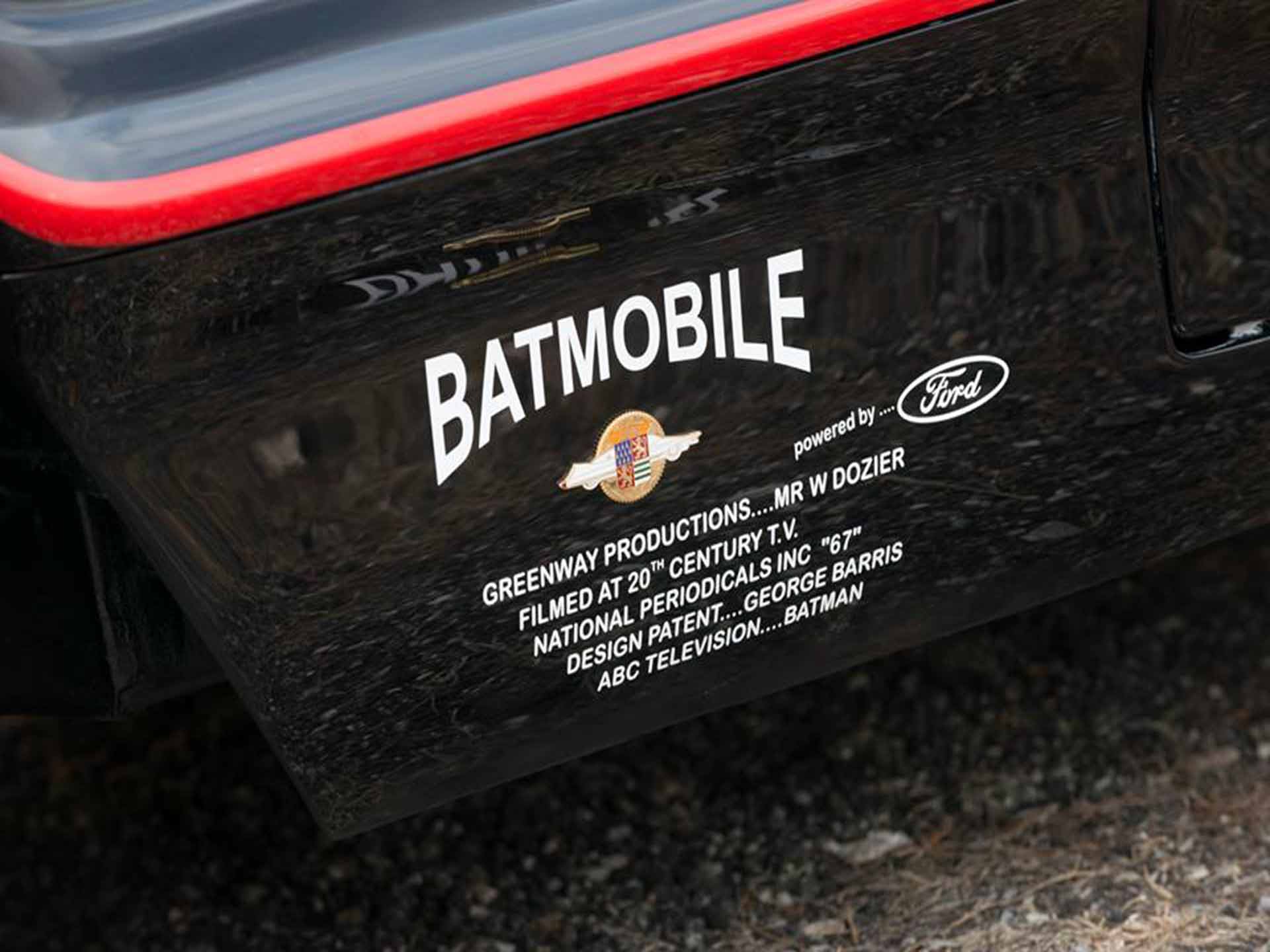
It’s one of those strange things about pop culture, certain things can affect you but you don’t need to know the full story or get all the references to still feel an emotional connection
Rummaging around in a box of old dusty die-casts in the back of the hobby shop where my mother used to work was my first exposure to what I would come to know as being the George Barris Batmobile.
Now, I sort of knew who Batman was but I didn’t know he had a car or indeed what it looked like, but with the Barris design being what it is, it was easy to put two and two together. OK, it had bat-like symbols on it but more interesting were the modifications that Barris did to the Lincoln Futura concept car; the addition of those critical chiropteran elements like the light hoods or the fins.
Needless to say, I liked what I saw and ended up with 2 of the Corgi toys 1:43 die-cast versions. In itself, this model is a testament to the success of the design as it was an absolute smash hit toy that was in production for 17 years. Personally, I always thought the model actually looked a bit weak in comparison to the real one on screen, a bit too long and not as muscular, but that’s another discussion. The screen version just looked right, like it would get the job done, it looked fantastic roaring into Gotham in the undercranked opening credits.
The point about the best Star Cars (like the Bond cars, General Lee, the Delorean time machine or KITT (another Barris design)) is that they are first and foremost cars, not special effects. They can be driven onto set and then driven off again. The ‘66 succeeds for what it is, a custom car, a hot rod built by one of the most famous rod builders, someone who has an eye for an unusual vehicle rather than something to only just support narrative and exposition.
This is what makes the design interesting to viewers now and why it turns heads and gains enthusiastic nods of approval, even when it stands next to arguably more polished concepts from the Burton or Nolan Batman tenancies. As a chop-up vehicle, it was made with spirit and feeling and no blueprints, a piece of pure Americana it’s Pop Art without the intention. The more cartoonish elements make it a little kitsch but of course, that was the show that it was intended for and it succeeded in that context incredibly well. When driving around slightly wooden and wobbly sets the fact that it was an actual hunk of metal made everything else seem that little bit more real. It’s a utility belt that Batman could sit in but its also clearly a list of writing room ideas that were slowly ticked off per episode and stowed somewhere onboard.
What is theoretically interesting is that unlike most film and TV props cars used in productions often have a very real life off-screen. The Batmobile is no exception – even though strictly speaking the car only ever really existed on screen. The 4 incarnations used for the show disintegrated through misuse and/or trophy hunting after their appearances. As such there was never really ever one definite full version. Moreover, it is also literally built on the chassis of an existing car but being that that was the Lincoln Futura concept car it was not a model that was known by the general public save those that saw it in purpose at car shows or in print. Certain recognisable elements of the ‘66 came directly from the car but Barris’ genius was to see that this original design could be amplified by details from the comic book.
It may also just be the finest piece of production design in history. Whilst the amount of design that cinema has bestowed upon the world is vast, the collection of bona fide genius pieces guaranteed to make the onlooker come over all peculiar is a very small canon indeed. We might include such wonders of the invention as Darth Vaders mask, the Alien or Blofeld’s Volcano but it then becomes hard to think of that many designs that have been created purely for cinematic entertainment that invoke that kind of universal response. Going wider into simply famous designs that we like, we might start to include many that are vehicles; the Millenium Falcon might be one but then most others seem to be cars. KITT, General Lee, Bond’s DB5. All absolute knee tremblers no doubt but all must be discounted because first and foremost they are production models that have been appropriated for narrative purposes, in other words, they existed in our world before being repurposed as the ride of one hero or another. They had a cachet before they went into the film, a mythology created by their own performances and image backed up by marketing material.
A closing point is that it seems that cinematic designs that stick most in our minds seem to be those objects that characters have intimate connections with; weapons, clothing, vehicles et al. Items that serve the user directly. Their lasting relevance to us comes from the fact that in our suspension of disbelief we come to believe that perhaps they can serve us too.

